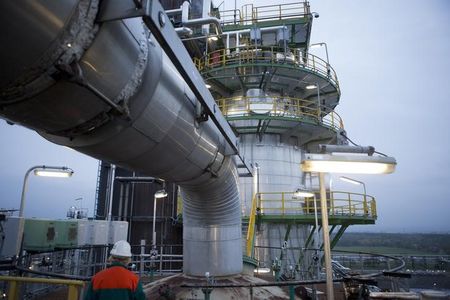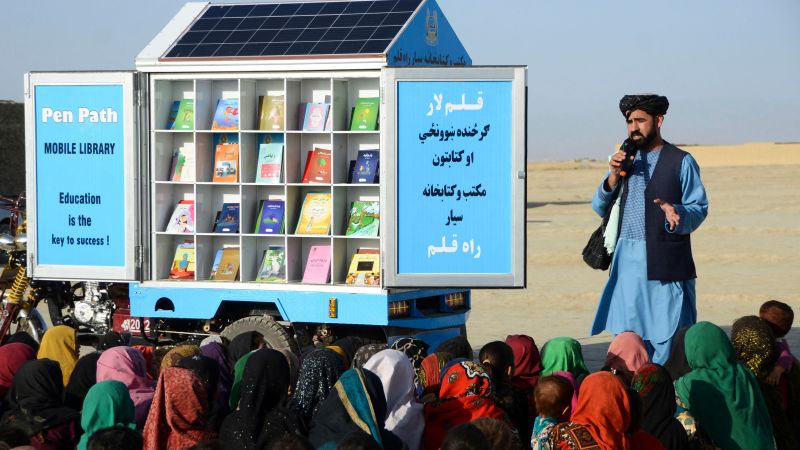
With the increasing likelihood of a second Donald Trump presidency following recent developments, his policy priorities are expected to have mixed effects on inflation, energy policy, trade, and other significant issues.
Inflation appears to be a central focus for the potential Trump administration. During his nomination acceptance speech at the Republican National Convention, Trump mentioned “inflation” 14 times, analysts highlighted in a recent note.
The GOP’s 2024 platform places a significant emphasis on addressing inflation. The Personal Consumption Expenditures (PCE) measure of consumer prices has risen 18.1% from March 2020 through May 2024, with substantial increases in essential goods. Despite this, analysts believe the core PCE inflation rate could reach the Fed’s 2.0% target by year-end.
“However, most consumers aren’t comparing the prices they pay now to those they paid a year ago (as economists do) but rather to those they remember paying at the start of the pandemic,” analysts noted.
One of the key moves in the GOP’s plans to combat inflation is to increase the energy supply. Trump has made it clear that “Drill, baby, drill” would be a priority from day one of his second term. This approach includes loosening regulations on oil and gas production, aiming to lower energy prices, weaken the dollar, and spur economic growth.
Still, analysts question the extent to which additional supply can be brought online, considering U.S. energy production and net exports are already near record highs.
“In any event, deregulation would widen the profit margins of US energy companies,” the research firm said. “The forward profit margin of the S&P 500 Energy sector is down from its November 25, 2022 peak of 12.8% to 10.6% as of the July 19 week.”
Trump’s potential trade policies, particularly tariffs, are another area of focus. The former U.S. president hinted he might impose a 10% tariff on all imports and significantly higher tariffs on Chinese goods, possibly up to 60%.
In addition, there have been suggestions of imposing tariffs ranging from 100% to 200% on cars manufactured in foreign auto plants, especially those in Mexico.
This has led to concerns that such high tariffs could lead to a resurgence in inflation. However, analysts pointed out that the Biden administration has also increased tariffs on China, yet import prices have continued to fall.
“Onshoring and increased nonresidential investment are already underway under the current administration, limiting new inflationary pressures,” they wrote.
Apart from the aforementioned, analysts and investors are also actively debating the potential economic implications of Trump 2.0 on immigration, tax cuts, fiscal policy, and regulation.







